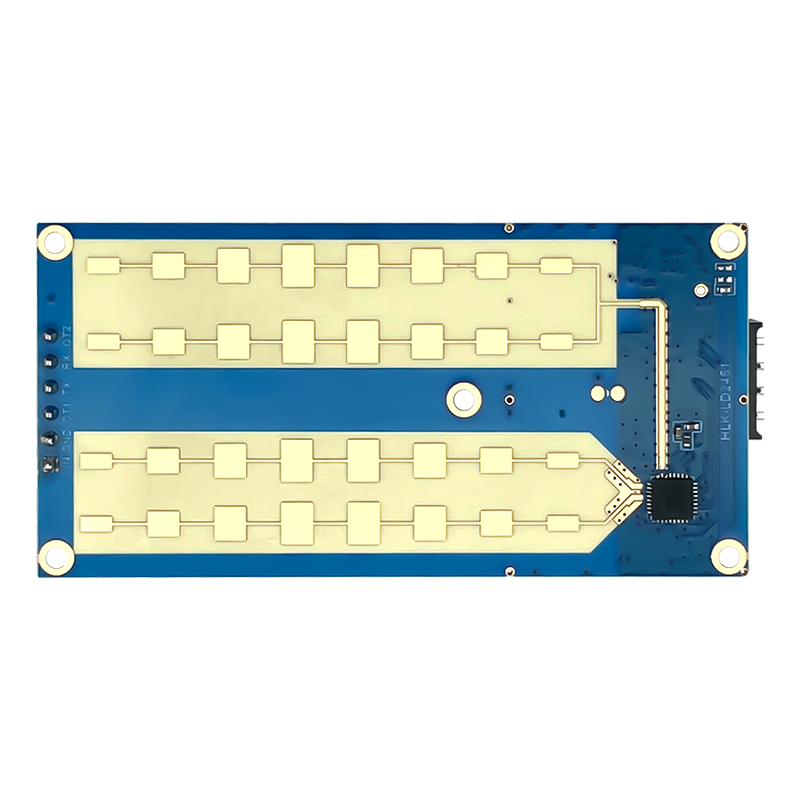





Hotspots/pain points/viewpoints are connected, and the context of the IOT events is under control
In recent years, with the rapid development of the Internet, many high-bandwidth video applications have gradually entered people’s lives, such asIPTV、video conference、The internetAudio and video broadcasting, VoD, stock market quotations, distance education, telemedicine, etc. have caused problems such as rapid bandwidth consumption and network congestion. IP multicast technology effectively solves the problems of single-point sending and multi-point receiving, and multi-point sending and multi-point receiving, and realizes efficient point-to-multipoint data transmission in an IP network, which can effectively save network bandwidth and reduce network load.
useEPONsystematicFTTHThe broadband access network can provide each user with a higher bandwidth, can meet the needs of video service delivery in any video compression format, and can provide a higher QoS guarantee during the transmission process. At the same time, because of the EPON point-to-multipoint structure and support for multicast protocols, it is the best user access method for video multicast services. Therefore, it is very meaningful to implement video multicast in the EPON system. It can use the multicast feature of the network to conveniently provide some new value-added services, including online live broadcasting, Internet TV, telemedicine, distance education, Internet radio, real-time Internet information services such as video conferencing.
Three basic characteristics of multicast technology
The concept of multicast first appeared in Steve Deering's doctoral dissertation in 1988. In 1989, Deering extended the standard IP network layer protocol and proposed the IP multicast specification. In March 1992, the first multicast backbone network was established. (Mbone), after the IETF successfully held a conference on the multicast network, it has attracted widespread attention.
The implementation of multicast services has the following basic characteristics.
·Multicast address. The multicast address prevents the source from knowing the specific address of the multicast receiver, but only needs to send data to the multicast address. If you want to receive data, you only need to join the multicast group according to the multicast address. The IP address scheme specifically delineates an address range for multicast IPv4 Class D address(224.0.0.0~239.255.255.255), And class D addresses are divided into local link multicast addresses, reserved multicast addresses, and management rights multicast addresses,InIPv6 Further, it provides many new identification functions for multicast addresses.
· Multicast routing. Multicast data is sent to all members in the current group through the routing and forwarding tree. When a new member joins the multicast group, a path to that member is continued to the current multicast tree. When members leave the group, paths that are no longer necessary are pruned. There are many different multicast routing protocols for constructing a multicast tree. The routing protocol runs between multicast routers and is responsible for routing multicast information to each receiver.
· Member management. Group membership is managed through IGMP (Internet Group Management Protocol). The host uses the IGMP message to notify the local edge multicast router of the group that it wants to join, that is, inform the multicast router of the multicast address of the corresponding group. The multicast router maintains a list of multicast members through IGMP, and periodically sends "member inquiry" messages to find out whether each member in the table still exists. Group members use IGMP join and leave messages to dynamically join or leave the multicast group. Currently, IGMP v2 has been widely deployed in routers.IGMP v3 Added allowing the host to specify it to receiveCommunication The host object function of the traffic. Traffic from other hosts in the network is isolated, and IGMP v3 also supports hosts to block network packets sent from non-required hosts.
Realization of Multicast in EPON System
In the EPON system, the SCB+IGMP method is adopted to realize the distribution of multicast services, and the multicast control messages based on extended OAM are used to realize the control and management functions of the multicast services.
At present, EPON systems basically use IGMP Proxy/Snooping protocol to realize multicast. In this way,OLTuse IGMP Proxy、ONUUse IGMP Snooping to realize the management of multicast group members, and realize the dynamic join/exit and maintenance of multicast members through IGMP Join/Leave and Query messages. In addition, in order to manage group members more flexibly, each operator may adopt its own corporate standards, such as a dynamic controllable multicast protocol to better meet the service requirements of IPTV.
1.SCB
According to the PON protocol, although the downlink channel between the OLT and the ONU uses broadcast to transmit data, each data transmission logical channel (LLID in EPON) belongs to only one ONU. When the ONU receives data identified as other ONUs, it should The data is discarded, thereby ensuring the correct forwarding and safe isolation of user data. In the unicast transmission mode, the OLT will copy N downlink broadcast messages and distribute them to multiple logical data transmission channels for transmission to the ONU. However, in order to transmit multicast services more efficiently and save system bandwidth, the PON system provides a unique data transmission method, namely SCB (SingleCopy Broadcast).
The SCB technology is to establish a special data transmission logical channel between the OLT and the ONU that allows all ONUs to legally receive data from it. When forwarding multicast services, even if multiple ONUs order the same program, the OLT still only sends a copy of the multicast media stream data into the SCB logical channel, and all ONUs receive the same data, that is, the bandwidth of one service can be N Users provide services, thereby saving a lot of system bandwidth. For services with high bandwidth requirements such as high-definition video, the bandwidth saving effect brought by SCB technology is even more significant. In order to facilitate management, the PON system requires only one logical channel for SCB data transmission under each PON port. All multicast media stream data are transmitted in the same logical channel. If separation is required, different VLANIDs can be used. To identify and distinguish. In addition, it should be noted that the SCB data transmission logical channel is a one-way (downlink only) channel, which is only used to transmit downlink multicast media streams, and uplink multicast protocol packets are still transmitted using unicast channels.
2.IGMP Proxy/Snooping
IGMP Proxy The principle of implementation: OLT builds a multicast table by intercepting IGMP messages between users and routers, the upstream port of the proxy device performs the role of the host, and the downstream port performs the role of the router.
IGMP Snooping The principle of realization: the OLT forms the correspondence between group members and switch ports by listening to the IGMP report messages sent by the host to the router, and forwards the received multicast data packets to the ports of the group members according to the correspondence.
Video Multicast Service System、IPMetropolitan Area Network、Access network and home network consist of 4 parts.
The general process of EPON system to realize video multicast is as follows.
Step 1: The set-top box (STB) or PC obtains an IP address from the DHCP server by sending a DHCP message.
Step 2: BRAS verifies the user name and password reported by STB to obtain the electronic program list.
Step 3: The user selects the program in the electronic program table.
Step 4: After selecting the program, the STB sends an IGMP join request message.
Step 5: Establish a multicast mapping table (corresponding to groups and VLANs) on the multicast router.
Step 6: Establish a multicast forwarding table on the OLT to replicate the video stream for each user who joins the group.
Step 7: The user watches the multicast program.
The key is to establish a multicast mapping table in the multicast router and a multicast forwarding table on the OLT and copy the video stream. It is mainly through IGMP Join/Leave and Query messages to realize the dynamic joining/exiting and maintenance of multicast group members. The specific implementation varies with IGMP Proxy and IGMP Snooping.
In the IGMP Proxy mode, when the OLT receives an IGMP application to join the message, the OLT starts the IGMP Proxy function, intercepts the application message, and then authenticates. After the authentication is passed, the following logical checks are performed: If the applied group is in the OLT If there is not yet, the OLT sends an IGMP join request to the upper router and establishes a multicast forwarding table; if such a multicast group already exists in the OLT, it directly adds the user to the multicast forwarding table on the OLT. The IGMP join message is no longer sent to the upper router, and a correspondence table between multicast services and users is established at the same time.
In IGMP Snooping mode, when the OLT receives an IGMP join message, it obtains the multicast forwarding table message through snooping, but for IGMP messages, it is transparently transmitted through the OLT. In practical applications, the EPON system implements simple user multicast authority control through the multicast VLAN configuration of the UNI port, and more complex business authority control (such as preview, prohibition, etc.) is implemented by the IPTV service platform.





Previous:10G EPON Project Practice of Nanjing Telecom Campus Network Next:IPv6 equipment included in my country's new version of the catalog of encouraging foreign investment
关联产品:
